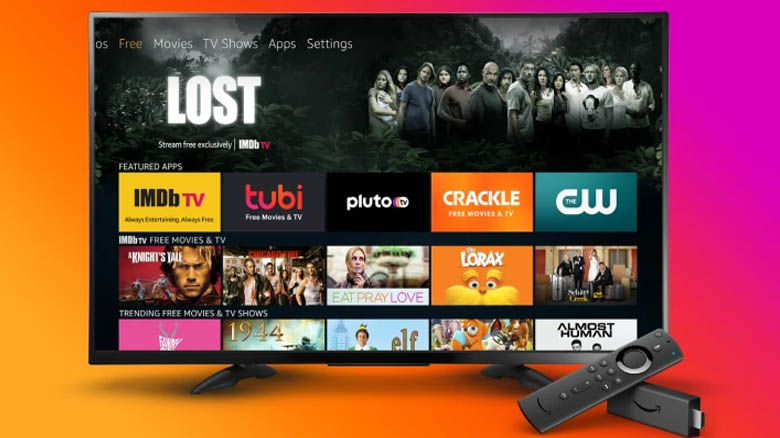3917Views 2Comments
The Ringer’s Guide to Which Streaming Service Is Right for You


C
ableCable costs a lot. If you’re still a subscriber, it’s probably the most painful item on your monthly utility bill. According to the latest annual survey from Leichtman Research Group Inc., the average cost of cable or satellite service for pay-TV subscribers in 2019 was $109.60, a figure that will likely increase in 2020. Driven by rising programming costs and sneaky, unexpected fees—which a new law requires cable companies to disclose—cable TV price hikes have outpaced inflation for years.
Partly in response to skyrocketing charges, millions of subscribers have trimmed their TV packages or cut the cord, lowering the percentage of TV households that subscribe to live pay TV from 87 percent in 2009 to 75 percent 10 years later. The pandemic-driven combination of business closures, a lack of live sports, and a socially distancing populace looking online for entertainment has only accelerated the decline of cable. So has the ever-expanding profusion of subscription-based streaming services competing with cable, which have enjoyed a collective uptick in traffic and robust subscriber growth this year. Disney+ launched last November, as did the less popular and less equipped Apple TV+; HBO Max launched last month, and NBC’s Peacock will enter the fray in July.
Although the dozens of streaming services now vying for eyeballs may make it seem as if the streaming economy has re-created cable without the convenience of bundling, basic subscriptions to the most popular streaming services—Netflix, Amazon Prime Video, Hulu, Disney+, and HBO Now/Max—would produce a combined bill of less than $50, making a suite of several streaming services a less expensive alternative to the average cable package that would still serve up more content than anyone could watch. Whether you’re deciding which service to subscribe to or simply picking which library to browse, you need to know how they compare. That’s where we come in.



2 Comments